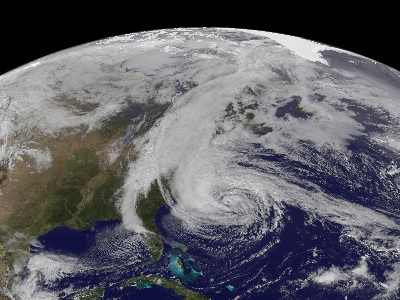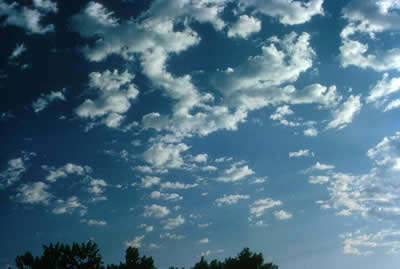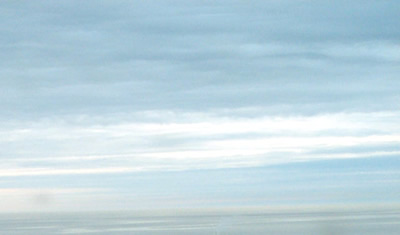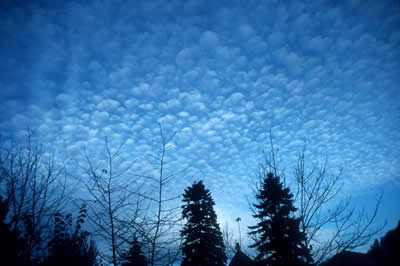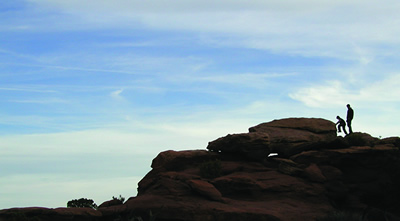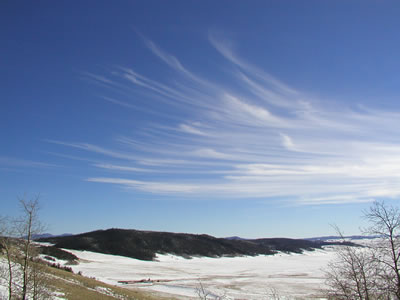When Nature Strikes -- Hurricanes
Hurricanes--also called tropical cyclones or typhoons - are among the world's most dangerous natural hazards. Every year they threaten millions of people in many parts of the world with death and destruction. These huge, powerful, low-pressure systems produce heavy rain, high winds, storm surges, inland flooding, and other damage.
People in the areas affected by hurricanes have known about them for thousands of years, but Europeans first became aware of them when Christopher Columbus experienced one during his final voyage in 1502. Residents living today along the Gulf of Mexico and East Coast are very familiar with hurricanes, as are those in the Caribbean, Hawaii, and Pacific Islands. Tropical cyclones and typhoons impact the shores of the Eastern, Central, and Western Pacific Ocean, Indian Ocean, Australia, and elsewhere.
"When Nature Strikes - Hurricanes" describes cutting-edge research about forecasting storm paths and intensity, and the historical record of past events. Producing reliable computer models to predict where storms will move and how powerful they will be involves greater abilities to collect vast amounts of data and then developing powerful mathematical equations that use these observations to make images quickly which can aid meteorologists and emergency responders.
"How Well Can Hurricane Tracks and Intensities Be Forecast" classroom activity
"When Nature Strikes" is produced by NBC Learn in partnership with the National Science Foundation.






